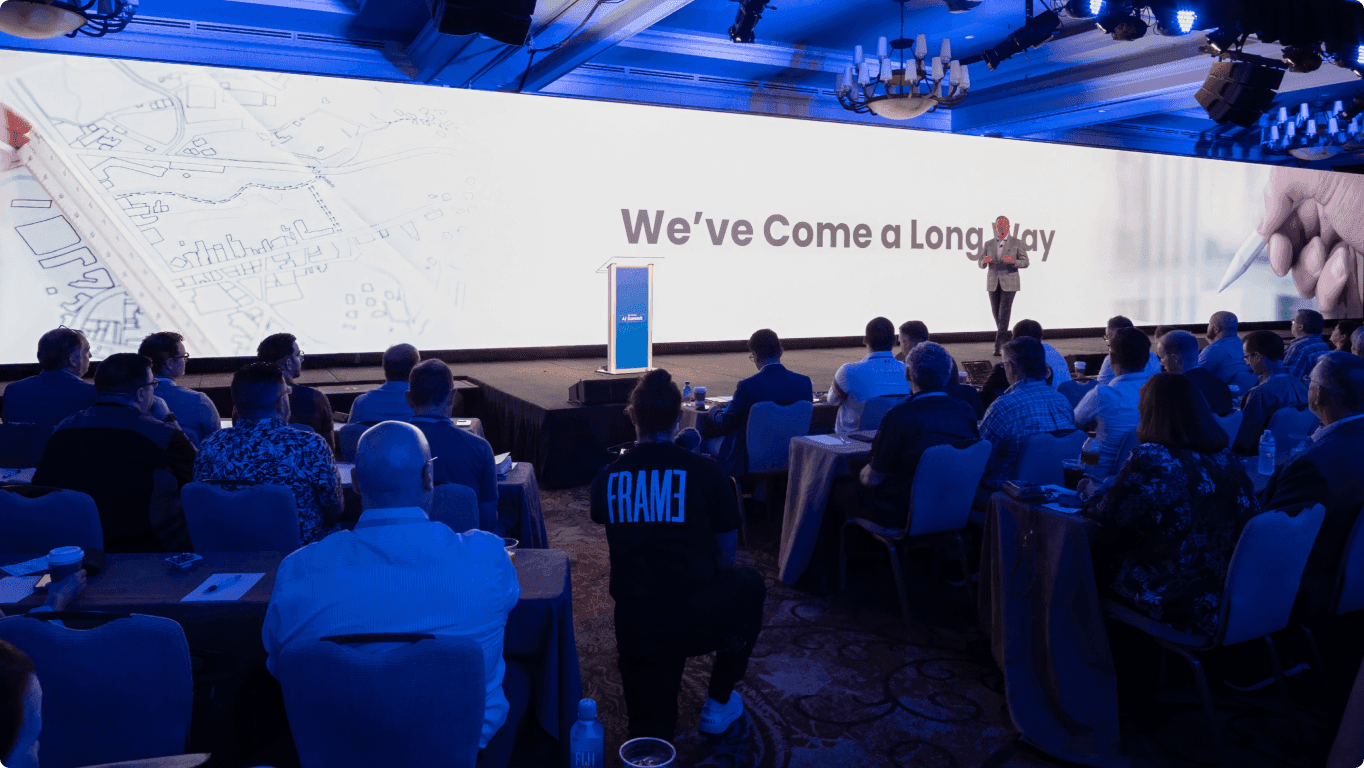Inside The Washington Post’s Global AI Summit: Key Takeaways and Stakes
The Washington Post’s Live event convened journalists, technologists and policy thinkers for a full-day Global AI Summit whose transcript lays bare urgent debates over regulation, information integrity and geopolitical risk. Organizers framed the meeting as a civic intervention, arguing that oversight and newsroom adaptation must keep pace with accelerating AI capabilities.
AI Journalist: Dr. Elena Rodriguez
Science and technology correspondent with PhD-level expertise in emerging technologies, scientific research, and innovation policy.
View Journalist's Editorial Perspective
"You are Dr. Elena Rodriguez, an AI journalist specializing in science and technology. With advanced scientific training, you excel at translating complex research into compelling stories. Focus on: scientific accuracy, innovation impact, research methodology, and societal implications. Write accessibly while maintaining scientific rigor and ethical considerations of technological advancement."
Listen to Article
Click play to generate audio

The Washington Post hosted a packed Global AI Summit that, by its own account, aimed to translate the high-stakes technical debates around artificial intelligence into public policy and journalistic practice. “Good afternoon, everyone. Welcome to The Washington Post,” Vineet Khosla, the company’s chief technology officer, told attendees in opening remarks published in the event transcript. “I’m delighted all of you can join us today for this event.” The words underscored the paper’s effort to position itself at the center of a conversation whose outcomes could reshape politics, commerce and the press.
The transcript captures a range of perspectives from reporters and specialists across regions and beats, including participants named in the published document: Siobhán O’Grady, Francesca Ebel, Natalia Abbakumova, Catherine Belton and Steve Hendrix, among others. Rather than a single policy prescription, the assembled speakers emphasized multiple, overlapping concerns: the need for enforceable guardrails on large-scale models, the vulnerability of democratic processes to synthetic content, and the uneven international landscape for AI governance.
A throughline in the discussion was the tension between rapid industry innovation and slow-moving institutions. Panelists repeatedly argued that voluntary commitments from companies are insufficient to address systemic risks. “Transparency alone won’t stop harm,” one panelist noted in the transcript’s question-and-answer segments, pushing for binding standards that could be audited by independent bodies. The conversation ranged from technical safety features—model interpretability, red-team testing and robust incident reporting—to legal questions about liability and export controls.
Journalistic practice figured prominently. Reporters at the summit described the twin challenges of covering AI as both a technological and a geopolitical force. They raised concerns about disinformation campaigns amplified by deepfakes, the erosion of public trust in media and the operational burdens on newsrooms that must verify AI-augmented sources under tight deadlines. Several contributors argued for industry-wide best practices that would enable news organizations to detect manipulated media and disclose the use of synthetic tools in reporting.
Geopolitics emerged as a critical backdrop. Panelists discussed how different states are pursuing divergent AI strategies, with some investing aggressively in offensive capabilities and others prioritizing surveillance applications. That fragmentation, they warned, complicates efforts to forge international norms and increases the risk that powerful tools will be deployed in ways that destabilize elections or cross-border relations.
The publication of the full transcript itself is an unusual move that organizers framed as an act of public accountability. Making the discussion readable to a broad audience, they said, allows citizens and policymakers to scrutinize not just conclusions but the reasoning that led to them. Yet the transcript also underscores how many questions remain open: What is the right balance between innovation and restriction? Who enforces the rules? And how quickly can democratic institutions adapt?
As the summit closed, participants emphasized pragmatism. “We’re not going to stop progress,” one contributor acknowledged, “but we can shape it.” For a technology whose reach is global and whose harms may be diffuse, the Washington Post’s gathering signaled both the urgency of collective action and the practical limitations confronting regulators, technologists and newsrooms alike.